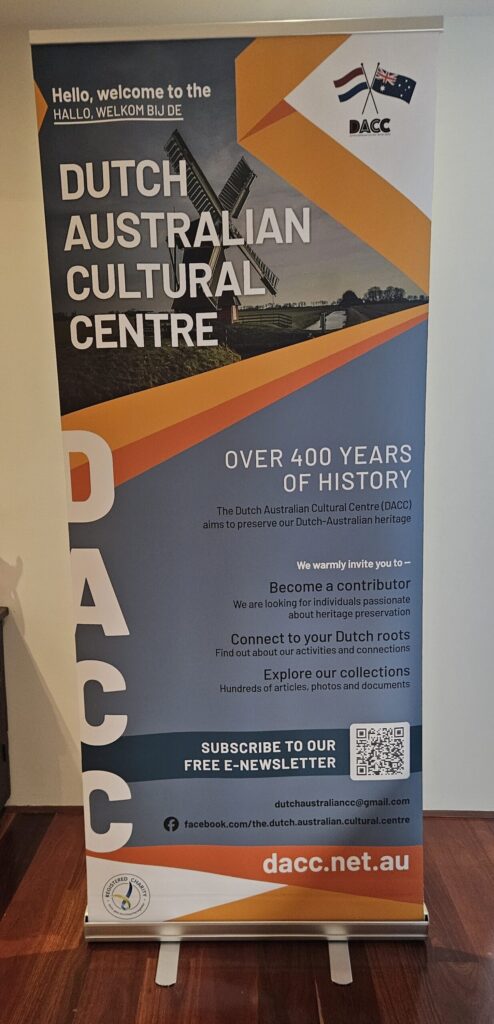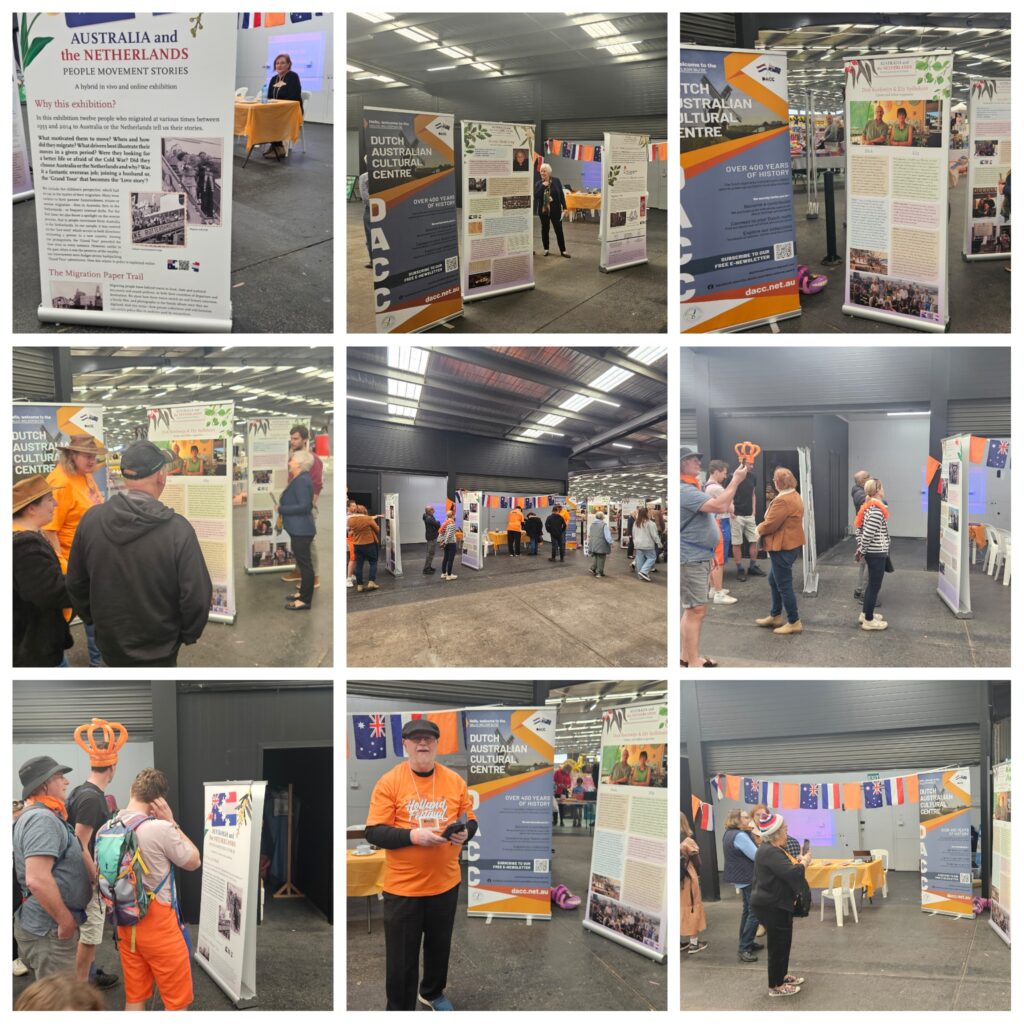Dutch Artefacts
The Dutch Australian Cultural Centre hosts a large quantity of Dutch memorabilia. The collection is currently located at the Abel Tasman Village. The organisation also hosts an extensive book library.
The Dutch Australian Cultural Centre, established in 1983, is dedicated to a set of core objectives:

Our organisation boasts a vibrant membership base spanning across Australia and the Netherlands. Our physical resources, including archives, a library, an office, and a meeting room, are located in Sydney. For easy access to archival materials we have developed our website (Digital Hub). We also curate a monthly e-newsletter featuring the latest additions to the Hub, which is accessible to all. Register your name below to receive this free newsletter.
Invitation to engage with us

We actively seek individuals who are enthusiastic about heritage preservation. For those intrigued by this cause, we offer an opportunity for deeper engagement. Please refer to this link to engagement opportunities to explore areas where your involvement can make a significant impact.
To express your interest, please email us at dutchaustraliancc@gmail.com. Join us in our mission to celebrate and preserve the vibrant Dutch-Australian cultural heritage!
In 1602 the Vereenigde Oost Indische Compagnie (VOC, English: Dutch East India Company) was formed, the first international corporation. Their journeys brought them in contact with Australia. The Dutch-Australian relationship started over 400 years ago. The next chapter began during WWII when Australia hosted the Netherlands East Indies Government-in-Exile. Following the war large numbers of Dutch people migrated to Australia contributing to Australia’s multiculturalism and economic development. More recently new political and military relationships between the two countries have been established.
Already during the convict period Dutch companies and ships provided their services to the British colony. Australia and the Netherlands were neighbours in relation to the Netherlands East indies. Since the 1930s aviation was added to the mix. Globalisation saw many Dutch corporations opening their offices in Australia and the Netherlands became one of the major investors in the country. On a smaller scale Dutch retail shops started to emerge with the arrival of the immigrants.